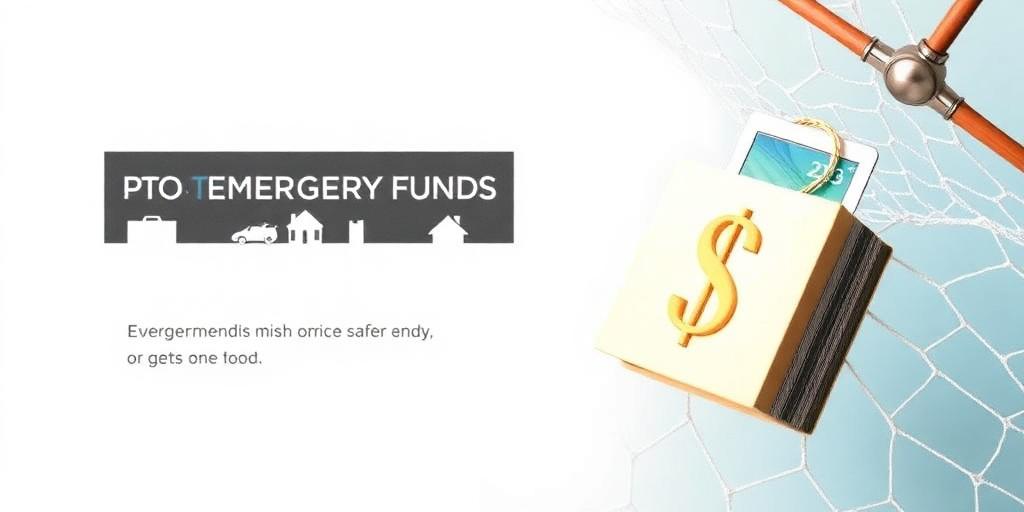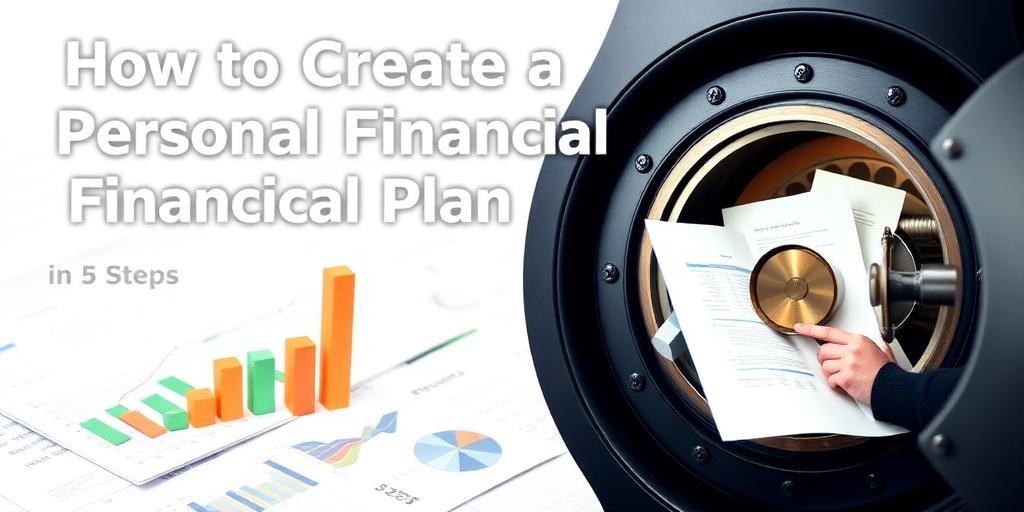Emergency Funds: How Much Should You Really Save?
In the realm of personal finance, the emergency fund stands as a cornerstone of financial security. It's your safety net, the buffer that protects you from the unforeseen financial shocks that life inevitably throws our way. But the question remains: How much should you realistically save in an emergency fund? The answer, while seemingly straightforward, requires a nuanced understanding of your individual circumstances.
The Standard Advice: 3-6 Months of Living Expenses
The conventional wisdom dictates that an emergency fund should hold three to six months' worth of essential living expenses. This provides a cushion to cover costs like housing, food, utilities, transportation, and healthcare in the event of job loss, medical emergencies, or unexpected home repairs. However, this range is not a one-size-fits-all solution.
Factors Influencing Your Emergency Fund Size
Several factors should influence the size of your emergency fund:
- Job Security: If you work in a stable industry with high demand for your skills, you might lean towards the lower end of the 3-6 month range. Conversely, if you're in a volatile industry or have a less secure job, aiming for the higher end is prudent.
- Income Stability: Freelancers, contractors, and those with variable incomes should save more to cover months with lower earnings.
- Health: Individuals with chronic health conditions or high-risk lifestyles should consider a larger emergency fund to cover potential medical expenses.
- Dependents: If you have dependents, such as children or elderly parents, you'll need a larger fund to provide for their needs.
- Insurance Coverage: Evaluate your health, home, and auto insurance policies. Higher deductibles mean you'll need more readily available cash to cover out-of-pocket expenses.
- Debt Obligations: High levels of debt, especially with high-interest rates, can strain your finances during an emergency. A larger emergency fund can help you avoid accumulating more debt.
Beyond the Basics: Calculating Your Specific Needs
To determine your ideal emergency fund size, start by tracking your monthly expenses. Differentiate between essential and discretionary spending. Focus on the bare minimum you need to survive. Then, consider potential unexpected costs:
- Medical Bills: Research the average cost of common medical procedures and factor in your insurance deductible.
- Home Repairs: Estimate potential repair costs for your home, such as a new roof, HVAC system, or plumbing issues.
- Auto Repairs: Budget for potential car repairs, considering the age and condition of your vehicle.
Add these potential expenses to your monthly living expenses and multiply by your chosen number of months (3-6 or more) to arrive at your target emergency fund size.
Where to Keep Your Emergency Fund
Your emergency fund should be kept in a safe, liquid, and easily accessible account. Consider these options:
- High-Yield Savings Account: Offers a competitive interest rate while providing easy access to your funds.
- Money Market Account: Similar to a savings account but may offer slightly higher interest rates and check-writing privileges.
- Certificate of Deposit (CD) Ladder: A series of CDs with staggered maturity dates, providing access to funds at regular intervals while earning higher interest rates.
Building Your Emergency Fund
Building an emergency fund takes time and discipline. Start by setting a realistic savings goal and creating a budget to track your income and expenses. Automate your savings by setting up regular transfers from your checking account to your emergency fund. Consider these strategies:
- The Snowball Method: Focus on paying off your smallest debts first, freeing up cash flow to contribute to your emergency fund.
- The Avalanche Method: Prioritize paying off debts with the highest interest rates, saving money in the long run and accelerating your emergency fund savings.
- The 50/30/20 Rule: Allocate 50% of your income to needs, 30% to wants, and 20% to savings and debt repayment.
Re-evaluating Your Emergency Fund
Your emergency fund is not a static figure. As your circumstances change, you'll need to re-evaluate your needs. Review your emergency fund annually or whenever you experience a significant life event, such as a job change, marriage, or the birth of a child.
Conclusion
Determining the right size for your emergency fund is a personal decision based on your unique financial situation. While the 3-6 month rule of thumb provides a starting point, it's essential to consider your job security, income stability, health, dependents, insurance coverage, and debt obligations. By carefully calculating your essential expenses and potential unexpected costs, you can build an emergency fund that provides true financial security and peace of mind.









